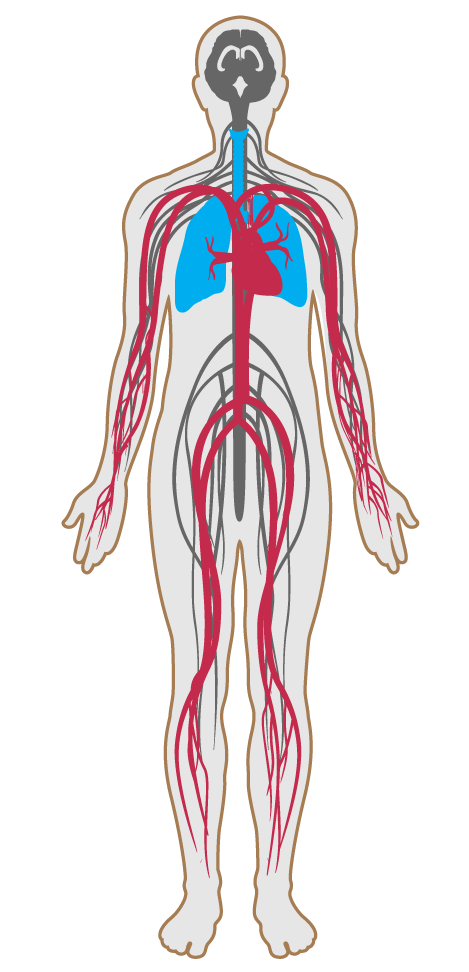Air quality monitoring and feedback
- 1 Air quality standards
- 2 Smoking ban
- 3 Ventilation effectiveness
- 4 VOC reduction
- 5 Air filtration
- 6 Microbe and mold control
- 7 Construction pollution management
- 8 Healthy entrance
- 9 Cleaning protocol
- 10 Pesticide management
- 11 Fundamental material safety
- 12 Moisture management
- 13 Air flush
- 14 Air infiltration management
- 15 Increased ventilation
- 16 Humidity control
- 17 Direct source ventilation
- 18 Air quality monitoring and feedback
- 19 Operable windows
- 20 Outdoor air systems
- 21 Displacement ventilation
- 22 Pest control
- 23 Advanced air purification
- 24 Combustion minimization
- 25 Toxic material reduction
- 26 Enhanced material safety
- 27 Antimicrobial surfaces
- 28 Cleanable environment
- 208 Injury prevention
18. Air quality monitoring and feedback
Building performance and indoor air quality can be highly variable. To maintain ideal performance metrics, projects must continuously gather data on building performance. Monitoring these metrics allows buildings to make adjustments when conditions diverge from ideal thresholds.
This feature requires real-time measurement, recording and transmission of key indoor air quality metrics as well as ambient outdoor air quality. This data is reported to the building occupants and to the IWBI.
One of the following requirements is met for all spaces:
In an effort to consistently meet the WELL parameters, projects provide a written policy specifying:
Real-time display of the following indoor environmental parameters are made available per 930 m_ [10,000 ft²] of regularly occupied space on a screen no smaller than 15 cm [5.9 inches] by 13 cm [5.1 inches]:

Applicability Matrix
| Core & Shell | Tenant Improvement | New Construction | |
|---|---|---|---|
| Part 1: Ventilation Design | P | P | P |
| Part 2: Air Data Record Keeping and Response | - | O | O |
| Part 3: Environmental Measures Display | - | O | O |
| Commercial Kitchen | Schools | Multifamily Residential | Restaurant | Retail | |
|---|---|---|---|---|---|
| Part 1: Ventilation Design | P | P | - | P | P |
| Part 2: Air Data Record Keeping and Response | O | O | O | O | O |
| Part 3: Environmental Measures Display | O | O | O | O | O |
Verification Methods Matrix
| Letters of Assurance | Annotated Documents | On-Site Checks | |
|---|---|---|---|
|
PART 1 (Design) Ventilation Design |
MEP | ||
|
PART 2 (Protocol) Air Data Record Keeping and Response |
Operations Schedule | ||
|
PART 3 (Design) Environmental Measures Display |
Auditor Inspection |
| 18.1.b |
USGBC's LEED v4 EQ prerequisite: Minimum Indoor Quality Performance requires carbon dioxide monitoring within each thermal zone for mechanically ventilated spaces. |
